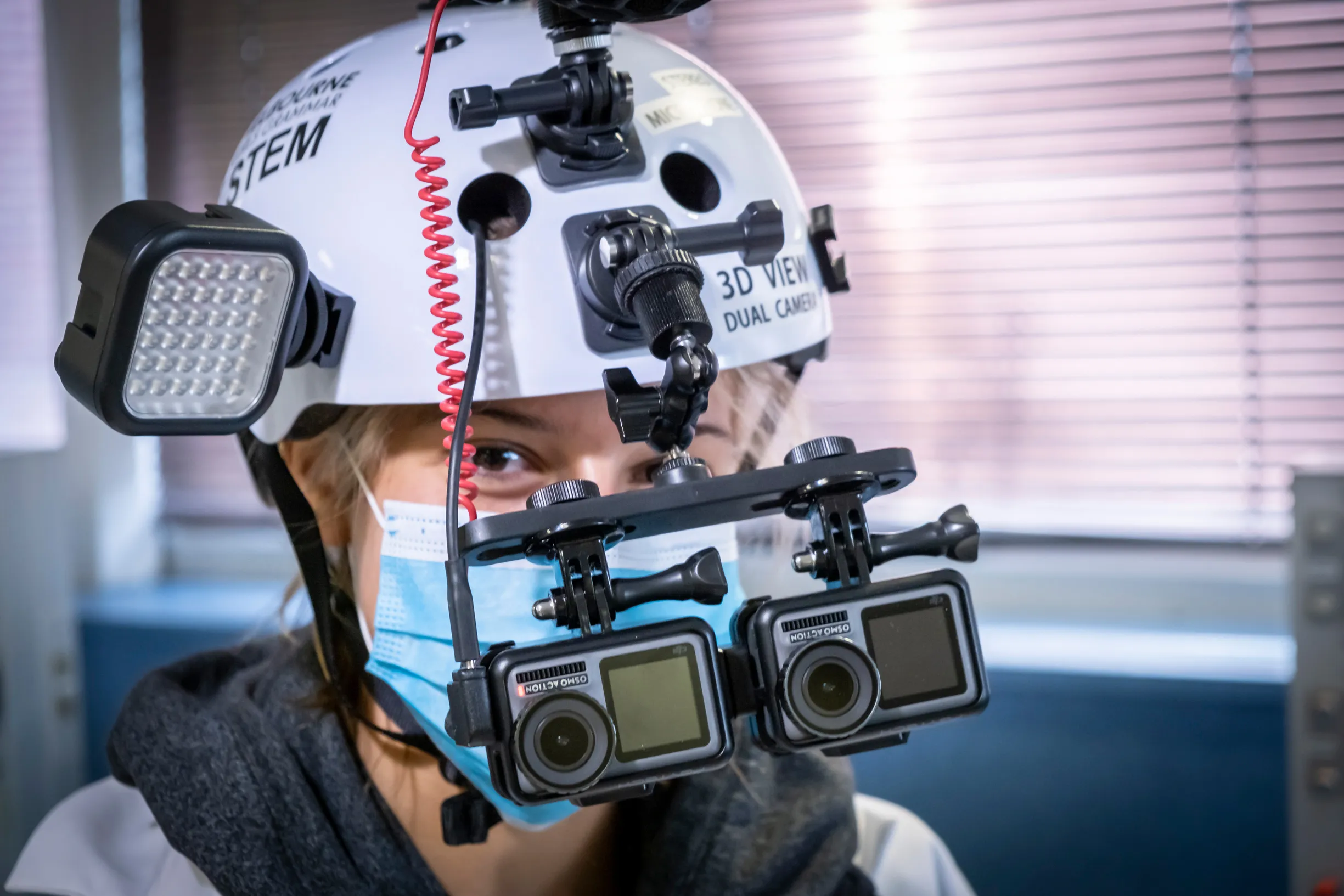



Inquisitive Minds, Beyond Walls and Back in Time
The learning environment at Melbourne Girls Grammar is comparable to an ecosystem, something our scientific thinkers would describe as collaborative, necessarily interlinked, and constantly adapting. Our classroom walls are not viewed as solid structures, but more like a rich and open learning environment – a doorway to learning spaces beyond the red brick walls.
By selecting learning experiences and environments intentionally for purpose, our science educators at Melbourne Girls Grammar are highlighting the value of lived experience, storytelling, and fieldwork in science learning.

How scientific ideas relate to the real world is not always immediately evident on first exposure or in the classroom so we also tell and create the stories of science through incursion and excursion environments.
Tara Quenault, Head of Science
How scientific ideas relate to the real world is not always immediately evident on first exposure or in the classroom so we also tell and create the stories of science through incursion and excursion environments.
Tara Quenault, Head of Science
How scientific ideas relate to the real world is not always immediately evident on first exposure or in the classroom so we also tell and create the stories of science through incursion and excursion environments.
Tara Quenault, Head of Science

Immersive learning – Near and Far
The 'invitational quality' of a classroom, as described by Ritchhart (2015), is key to determining the quality of an individual’s learning in the space (1). Our science classrooms flexibly allow for transitions between individual and group work and experiments. We curate and rotate provocations to stimulate discussion – our skulls are a popular point of discussions about evolution and adaptation, and our chemical models are regularly brought out to help illustrate abstract ideas. Our passionate science students and educators collaborate on bringing whimsical, amusing, or interesting elements to the spaces to enhance learning.
How scientific ideas relate to the real world is not always immediately evident on first exposure or in the classroom so we also tell and create the stories of science through incursion and excursion environments. Whether it is our Year 5 students lying under the planetarium at Scienceworks to immerse themselves in the far-reaching wonders of our universe and solar system or the Year 6 classes using the School grounds to test the effects of volcanic eruptions on the landscapes immediately around them, our campus and Melbourne provide ample opportunity for inquiry.
This facilitatory intention extends to science inquiry on camps, where we design opportunities for students to self-direct their interactions in what, for some, is a wholly new setting. For example, on Year 7 camp we used the opportunity to explore Healesville Sanctuary to relate biology, chemistry, and materials science to the effects of waterways on habitats. Students will bring this experience back to their classrooms where they are designing their own filtration systems to purify water samples, incorporating ethical, environmental, and social considerations into their scientific designs.
Immersive learning – Near and Far
The 'invitational quality' of a classroom, as described by Ritchhart (2015), is key to determining the quality of an individual’s learning in the space (1). Our science classrooms flexibly allow for transitions between individual and group work and experiments. We curate and rotate provocations to stimulate discussion – our skulls are a popular point of discussions about evolution and adaptation, and our chemical models are regularly brought out to help illustrate abstract ideas. Our passionate science students and educators collaborate on bringing whimsical, amusing, or interesting elements to the spaces to enhance learning.
How scientific ideas relate to the real world is not always immediately evident on first exposure or in the classroom so we also tell and create the stories of science through incursion and excursion environments. Whether it is our Year 5 students lying under the planetarium at Scienceworks to immerse themselves in the far-reaching wonders of our universe and solar system or the Year 6 classes using the School grounds to test the effects of volcanic eruptions on the landscapes immediately around them, our campus and Melbourne provide ample opportunity for inquiry.
This facilitatory intention extends to science inquiry on camps, where we design opportunities for students to self-direct their interactions in what, for some, is a wholly new setting. For example, on Year 7 camp we used the opportunity to explore Healesville Sanctuary to relate biology, chemistry, and materials science to the effects of waterways on habitats. Students will bring this experience back to their classrooms where they are designing their own filtration systems to purify water samples, incorporating ethical, environmental, and social considerations into their scientific designs.
Immersive learning – Near and Far
The 'invitational quality' of a classroom, as described by Ritchhart (2015), is key to determining the quality of an individual’s learning in the space (1). Our science classrooms flexibly allow for transitions between individual and group work and experiments. We curate and rotate provocations to stimulate discussion – our skulls are a popular point of discussions about evolution and adaptation, and our chemical models are regularly brought out to help illustrate abstract ideas. Our passionate science students and educators collaborate on bringing whimsical, amusing, or interesting elements to the spaces to enhance learning.
How scientific ideas relate to the real world is not always immediately evident on first exposure or in the classroom so we also tell and create the stories of science through incursion and excursion environments. Whether it is our Year 5 students lying under the planetarium at Scienceworks to immerse themselves in the far-reaching wonders of our universe and solar system or the Year 6 classes using the School grounds to test the effects of volcanic eruptions on the landscapes immediately around them, our campus and Melbourne provide ample opportunity for inquiry.
This facilitatory intention extends to science inquiry on camps, where we design opportunities for students to self-direct their interactions in what, for some, is a wholly new setting. For example, on Year 7 camp we used the opportunity to explore Healesville Sanctuary to relate biology, chemistry, and materials science to the effects of waterways on habitats. Students will bring this experience back to their classrooms where they are designing their own filtration systems to purify water samples, incorporating ethical, environmental, and social considerations into their scientific designs.

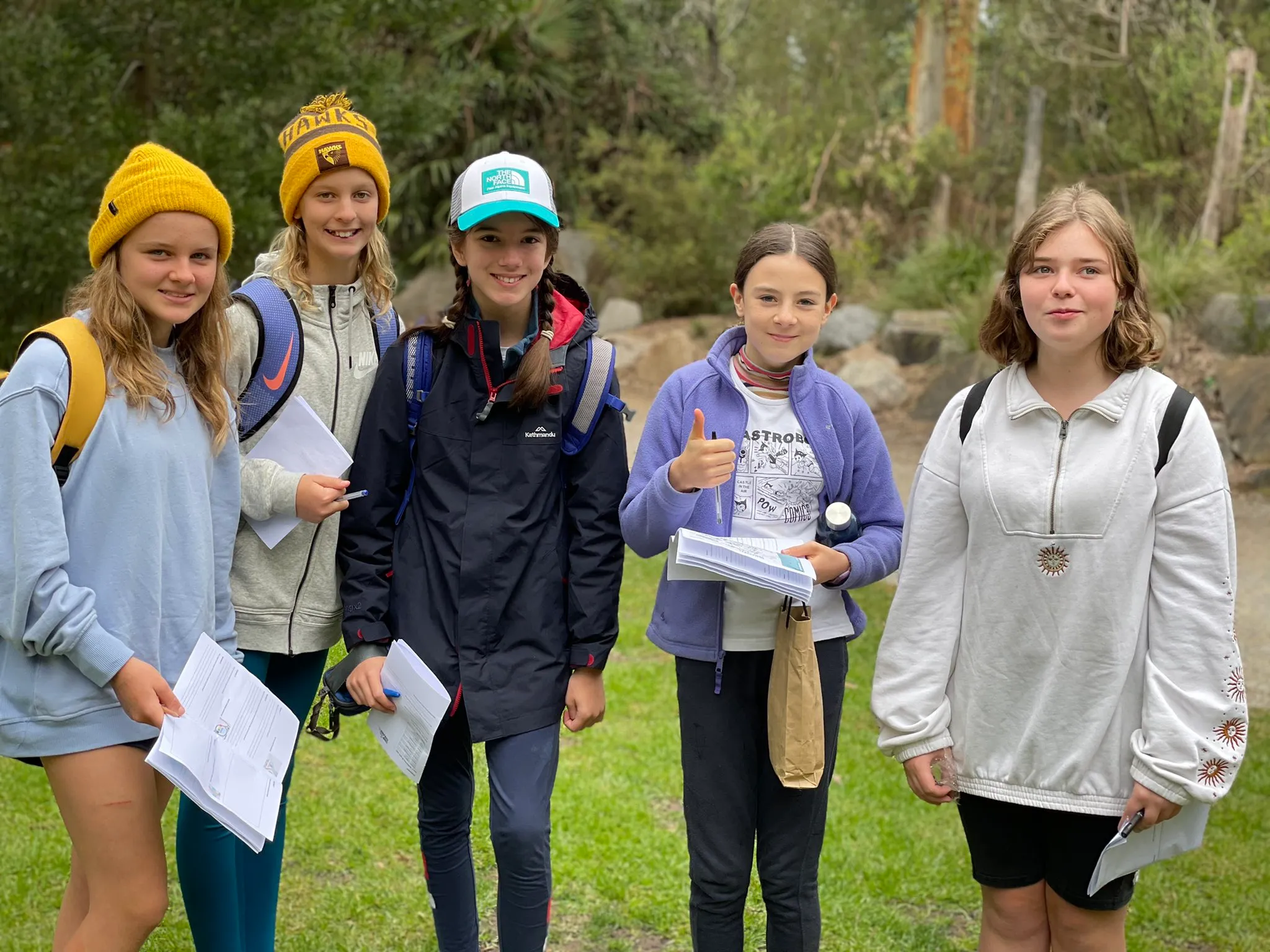

Exploring Healsville Sanctuary



Exploring Healsville Sanctuary


Learning about the effects of waterways on habitats on Year 7 camp
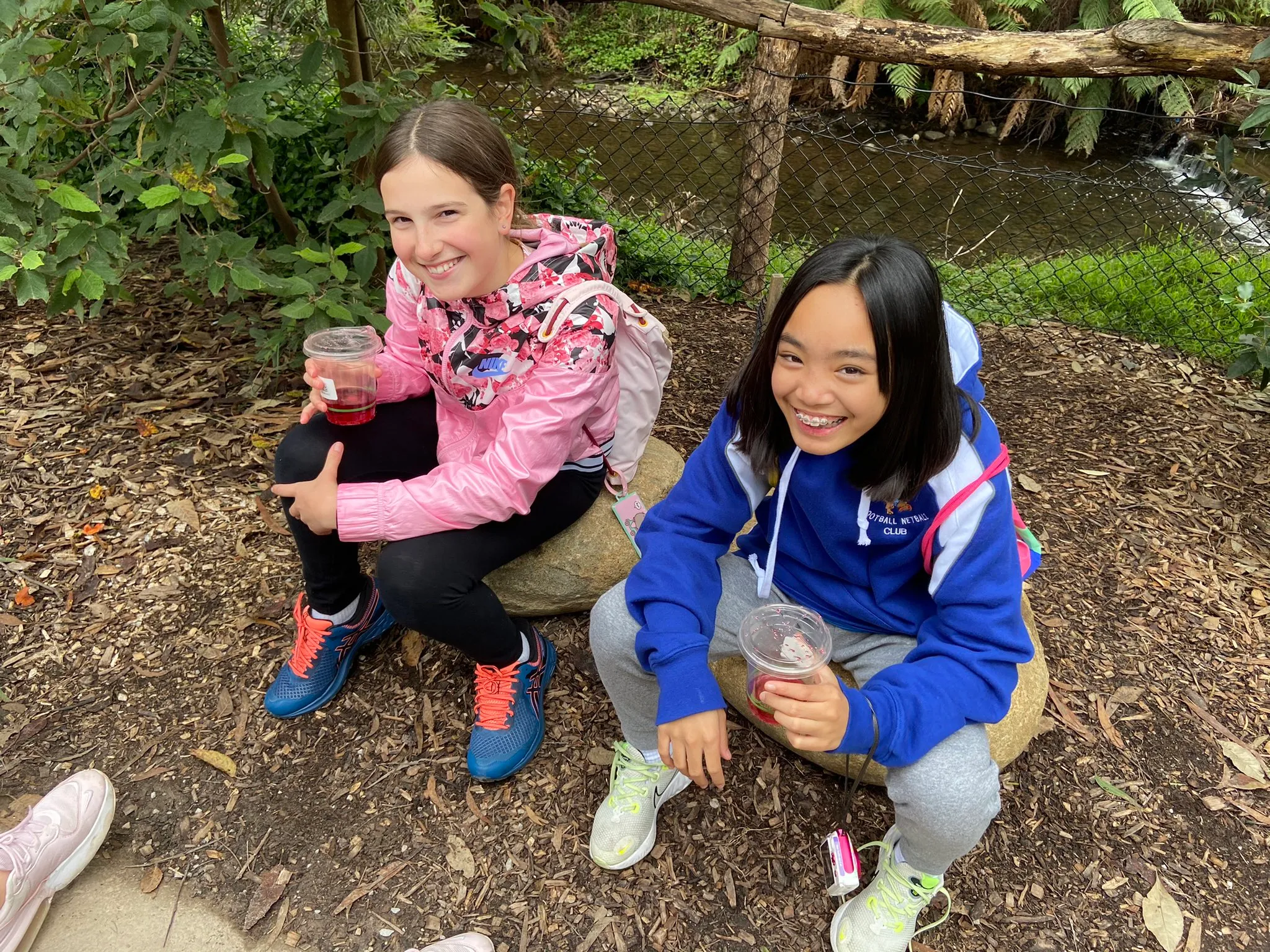

Taking a break on Year 7 camp


Green tree frogs at Healsville Sanctuary

Fairground Fun and Physics
Our Senior Years students also experience fit-for-purpose immersion for the disciplines they are passionate about, including excursions to locations such as the Melbourne Zoo, Melbourne Sea life Aquarium, local universities, and the Australian Synchrotron. These experiences enable students to bring fresh perspectives and connections between theory and experience back to our classrooms.
In March the VCE Unit 1 Physics class attended an excursion to Luna Park to experience forces and to provoke deeper understanding of the laws of physics.
“We applied our knowledge of Newton’s laws to explain the ‘weightlessness’ and ‘tummy drop’ feeling on the upside-down rides, learning that this ‘weightlessness’ was due to our perceived weight (apparent weight) being less than the actual weight."
Ruby Jones (Year 11 Student)
Fairground Fun and Physics
Our Senior Years students also experience fit-for-purpose immersion for the disciplines they are passionate about, including excursions to locations such as the Melbourne Zoo, Melbourne Sea life Aquarium, local universities, and the Australian Synchrotron. These experiences enable students to bring fresh perspectives and connections between theory and experience back to our classrooms.
In March the VCE Unit 1 Physics class attended an excursion to Luna Park to experience forces and to provoke deeper understanding of the laws of physics.
“We applied our knowledge of Newton’s laws to explain the ‘weightlessness’ and ‘tummy drop’ feeling on the upside-down rides, learning that this ‘weightlessness’ was due to our perceived weight (apparent weight) being less than the actual weight."
Ruby Jones (Year 11 Student)



















Ruby Jones (Year 11 Student) explained how the new environment enriched students’ understanding of the physics theories they were learning about:
“We applied our knowledge of Newton’s laws to explain the ‘weightlessness’ and ‘tummy drop’ feeling on the upside-down rides, learning that this ‘weightlessness’ was due to our perceived weight (apparent weight) being less than the actual weight. We also learned about circular motion and partial-circular motion, discussing how on the pirate ship ride and the scissors ride, the acceleration was directed towards the centre of the circle. Finally, we used calculations to [support our observations] that the horses in the middle of the merry-go-round were in fact moving faster than those on the inside, as they were travelling a longer distance!”
Rory Evans-Greenwood (Year 11 Student) shared Ruby’s enthusiasm and summarised the feeling of the group at the end of the trip, that the Year 11s “felt like we had gained an understanding of what physics looks like outside of the classroom, grown closer as a class, and had a lot of fun.” The sensory element of this experience echoes what our consulting neuroscientist Jared Cooney Horvath reminds us, that “environments contain more than physical features, and where we do our learning forms an integral part of what we ultimately learn” (2).
Ruby Jones (Year 11 Student) explained how the new environment enriched students’ understanding of the physics theories they were learning about:
“We applied our knowledge of Newton’s laws to explain the ‘weightlessness’ and ‘tummy drop’ feeling on the upside-down rides, learning that this ‘weightlessness’ was due to our perceived weight (apparent weight) being less than the actual weight. We also learned about circular motion and partial-circular motion, discussing how on the pirate ship ride and the scissors ride, the acceleration was directed towards the centre of the circle. Finally, we used calculations to [support our observations] that the horses in the middle of the merry-go-round were in fact moving faster than those on the inside, as they were travelling a longer distance!”
Rory Evans-Greenwood (Year 11 Student) shared Ruby’s enthusiasm and summarised the feeling of the group at the end of the trip, that the Year 11s “felt like we had gained an understanding of what physics looks like outside of the classroom, grown closer as a class, and had a lot of fun.” The sensory element of this experience echoes what our consulting neuroscientist Jared Cooney Horvath reminds us, that “environments contain more than physical features, and where we do our learning forms an integral part of what we ultimately learn” (2).
Ruby Jones (Year 11 Student) explained how the new environment enriched students’ understanding of the physics theories they were learning about:
“We applied our knowledge of Newton’s laws to explain the ‘weightlessness’ and ‘tummy drop’ feeling on the upside-down rides, learning that this ‘weightlessness’ was due to our perceived weight (apparent weight) being less than the actual weight. We also learned about circular motion and partial-circular motion, discussing how on the pirate ship ride and the scissors ride, the acceleration was directed towards the centre of the circle. Finally, we used calculations to [support our observations] that the horses in the middle of the merry-go-round were in fact moving faster than those on the inside, as they were travelling a longer distance!”
Rory Evans-Greenwood (Year 11 Student) shared Ruby’s enthusiasm and summarised the feeling of the group at the end of the trip, that the Year 11s “felt like we had gained an understanding of what physics looks like outside of the classroom, grown closer as a class, and had a lot of fun.” The sensory element of this experience echoes what our consulting neuroscientist Jared Cooney Horvath reminds us, that “environments contain more than physical features, and where we do our learning forms an integral part of what we ultimately learn” (2).

Finding New Connections Between Learning Environments and Other Disciplines
Extending the learning environment beyond our curriculum continues to be a strength of STEM offerings at Melbourne Girls Grammar. Through the STEM Hub this year 30 Merton Hall students have signed up to design extracurricular projects around the theme of Food: Different by Design in this year’s Science Talent Search. For some, this will be an opportunity to undertake an in-depth scientific experiment or research investigation, and for others it will involve incorporating their scientific ideas and thinking into creative writing or photography.
Reinforcing the wonderful connections between learning environments and other disciplines is a priority; we want to enhance our learning ecosystem. We are also in the process of developing a new STEM Parent group which will assist the education team to enhance STEM and strengthen relationships between Melbourne Girls Grammar STEM students, teachers, and parents through events and guest speakers. In 2021 Melbourne Girls Grammar is also a STEM Centre of Excellence Partner School with the new Science Gallery Melbourne, which is being delivered in partnership with the University of Melbourne. We are excited to be exploring the 'collisions' between Science and Art. Students will be connecting to research, innovation, and exploring the intersects between disciplines through this partnership.
Finding New Connections Between Learning Environments and Other Disciplines
Extending the learning environment beyond our curriculum continues to be a strength of STEM offerings at Melbourne Girls Grammar. Through the STEM Hub this year 30 Merton Hall students have signed up to design extracurricular projects around the theme of Food: Different by Design in this year’s Science Talent Search. For some, this will be an opportunity to undertake an in-depth scientific experiment or research investigation, and for others it will involve incorporating their scientific ideas and thinking into creative writing or photography.
Reinforcing the wonderful connections between learning environments and other disciplines is a priority; we want to enhance our learning ecosystem. We are also in the process of developing a new STEM Parent group which will assist the education team to enhance STEM and strengthen relationships between Melbourne Girls Grammar STEM students, teachers, and parents through events and guest speakers. In 2021 Melbourne Girls Grammar is also a STEM Centre of Excellence Partner School with the new Science Gallery Melbourne, which is being delivered in partnership with the University of Melbourne. We are excited to be exploring the 'collisions' between Science and Art. Students will be connecting to research, innovation, and exploring the intersects between disciplines through this partnership.
Finding New Connections Between Learning Environments and Other Disciplines
Extending the learning environment beyond our curriculum continues to be a strength of STEM offerings at Melbourne Girls Grammar. Through the STEM Hub this year 30 Merton Hall students have signed up to design extracurricular projects around the theme of Food: Different by Design in this year’s Science Talent Search. For some, this will be an opportunity to undertake an in-depth scientific experiment or research investigation, and for others it will involve incorporating their scientific ideas and thinking into creative writing or photography.
Reinforcing the wonderful connections between learning environments and other disciplines is a priority; we want to enhance our learning ecosystem. We are also in the process of developing a new STEM Parent group which will assist the education team to enhance STEM and strengthen relationships between Melbourne Girls Grammar STEM students, teachers, and parents through events and guest speakers. In 2021 Melbourne Girls Grammar is also a STEM Centre of Excellence Partner School with the new Science Gallery Melbourne, which is being delivered in partnership with the University of Melbourne. We are excited to be exploring the 'collisions' between Science and Art. Students will be connecting to research, innovation, and exploring the intersects between disciplines through this partnership.
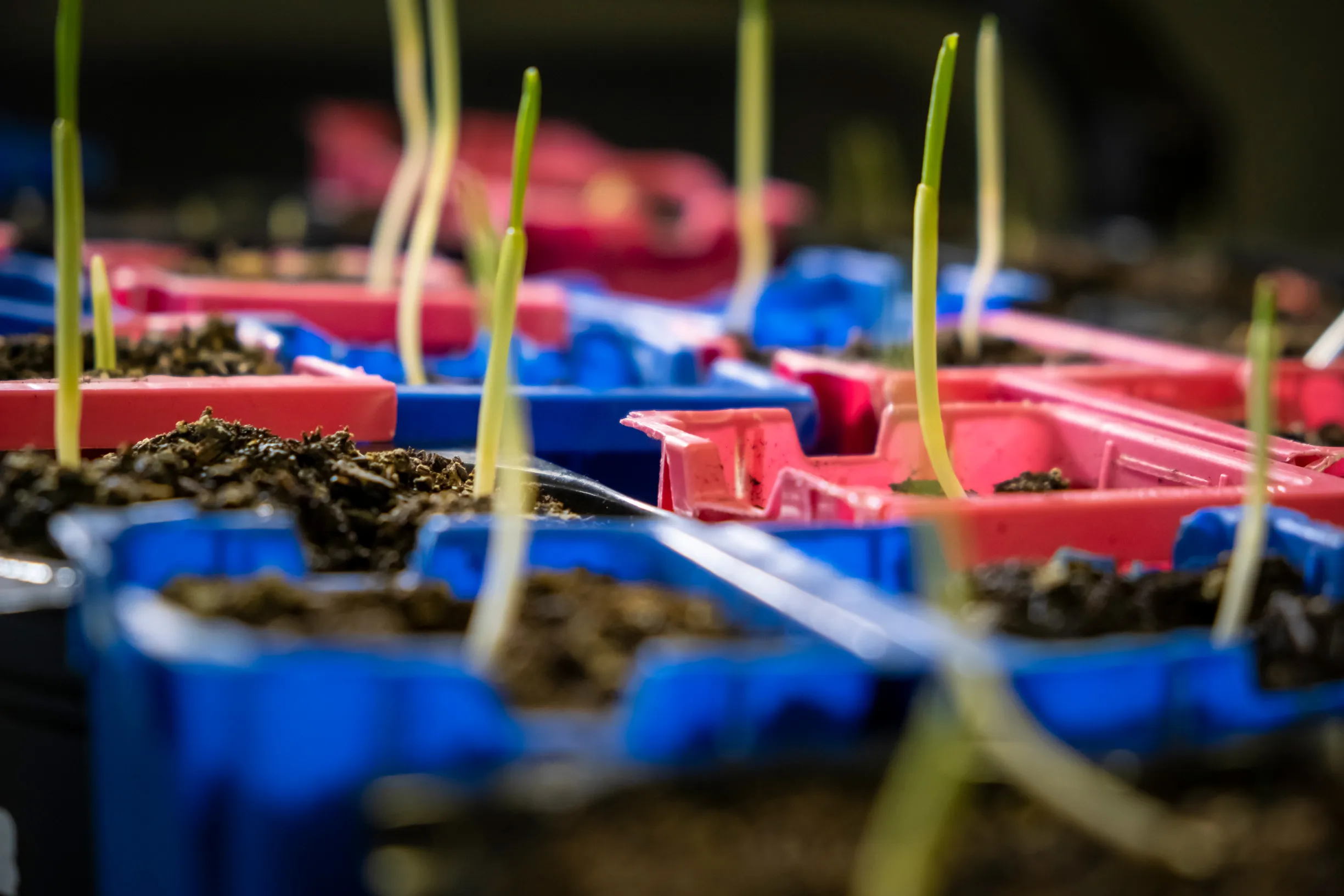




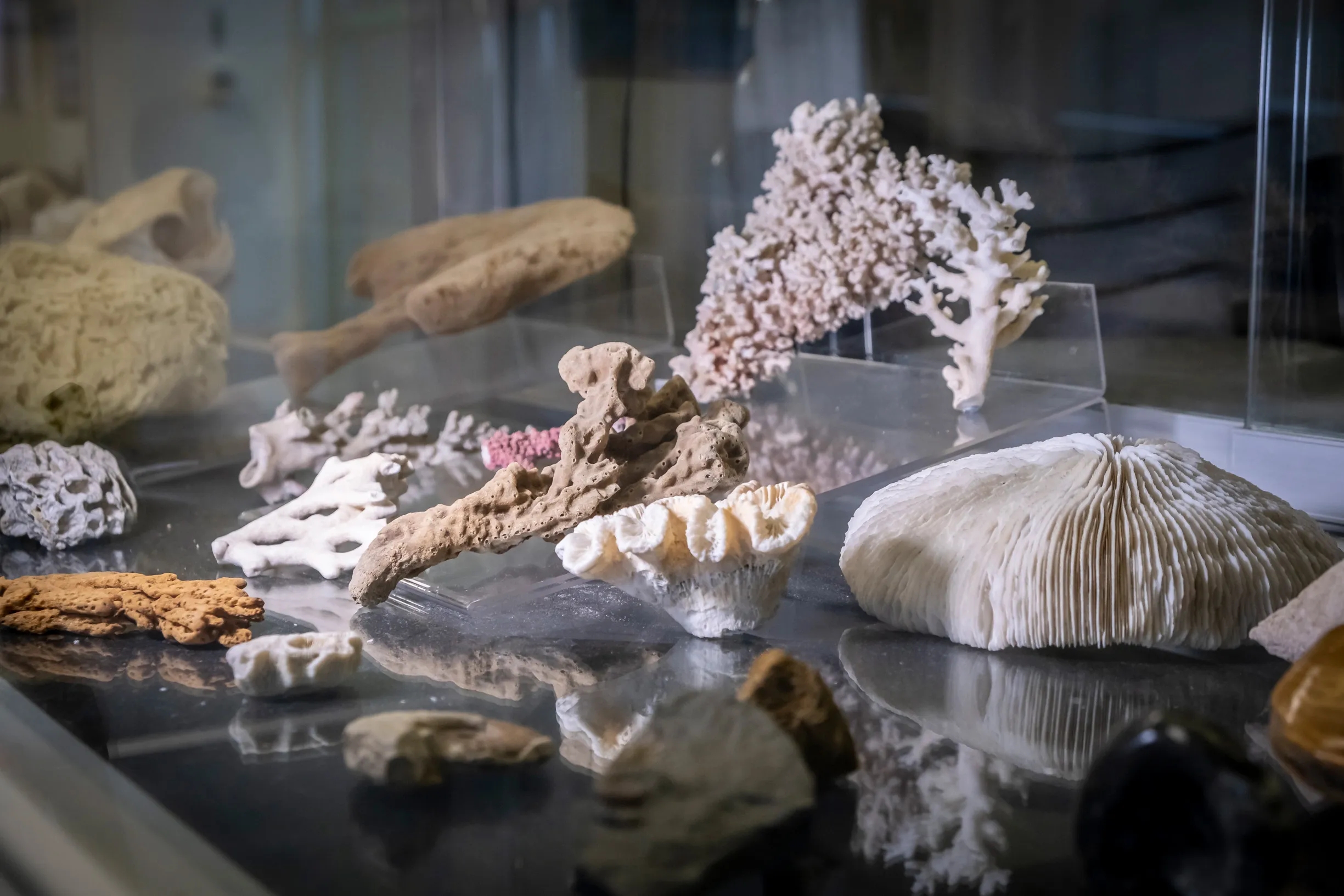

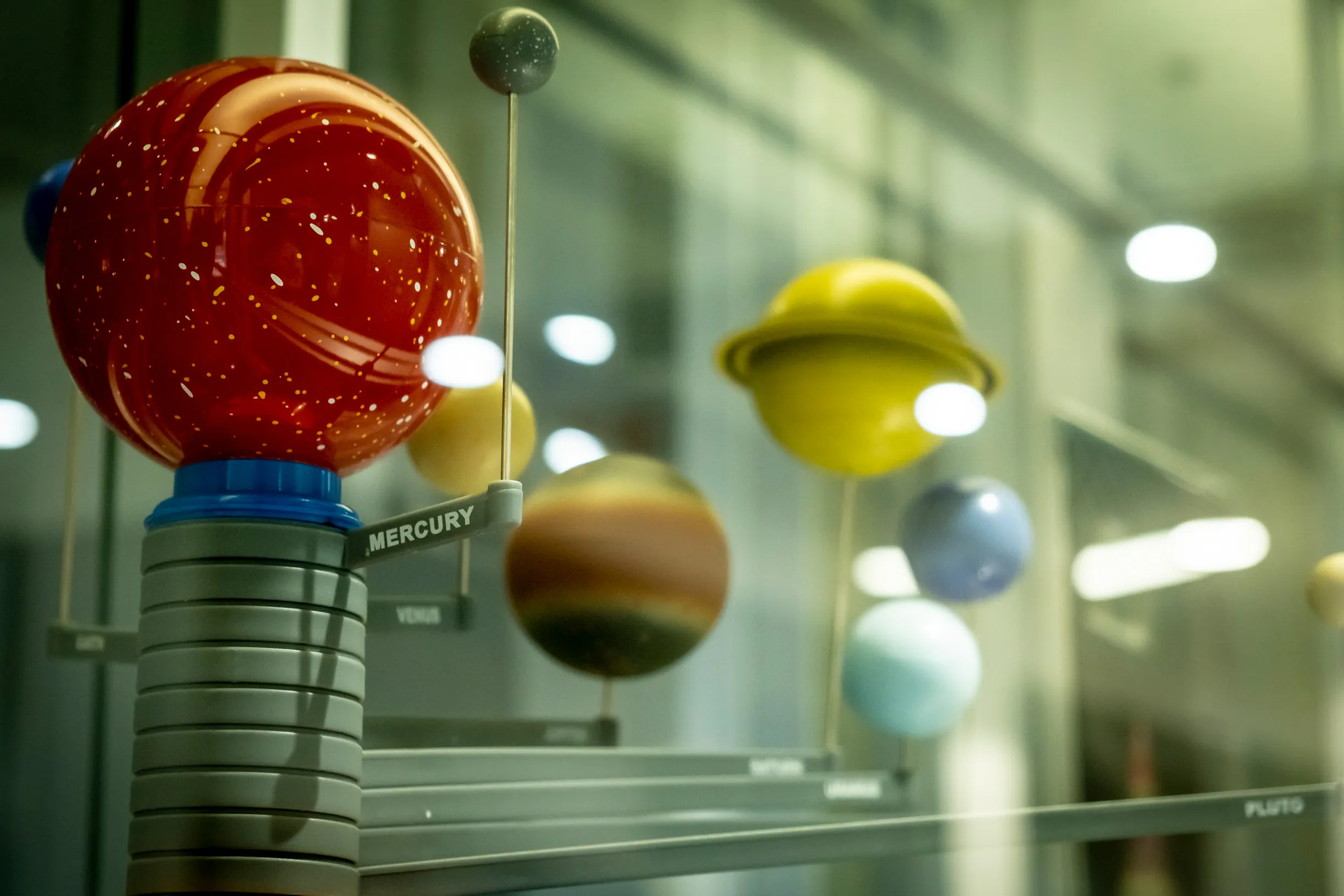











The Science department also took advantage of having the expertise of our artist-in-residence, Damon Kowarsky. While at Melbourne Girls Grammar, Damon visited science classrooms to share his learning about the intersections between our disciplines and his 2019 commission, in collaboration with Kim Hyung-Ju for Quantum Victoria. Damon’s artworks representing key moments in the history of the universe and the elements of the Periodic Table can be viewed here.
The Science department also took advantage of having the expertise of our artist-in-residence, Damon Kowarsky. While at Melbourne Girls Grammar, Damon visited science classrooms to share his learning about the intersections between our disciplines and his 2019 commission, in collaboration with Kim Hyung-Ju for Quantum Victoria. Damon’s artworks representing key moments in the history of the universe and the elements of the Periodic Table can be viewed here.
The Science department also took advantage of having the expertise of our artist-in-residence, Damon Kowarsky. While at Melbourne Girls Grammar, Damon visited science classrooms to share his learning about the intersections between our disciplines and his 2019 commission, in collaboration with Kim Hyung-Ju for Quantum Victoria. Damon’s artworks representing key moments in the history of the universe and the elements of the Periodic Table can be viewed here.

By strengthening relationships, finding connections, adapting to change, and inviting inquiry, our varied learning environments at Melbourne Girls Grammar teach, provoke, and enable our learners on their individual learning pathways. Science at Melbourne Girls Grammar is just one example of how the School is reaching within and beyond our community to provide our learners with rich and complex learning opportunities.
By strengthening relationships, finding connections, adapting to change, and inviting inquiry, our varied learning environments at Melbourne Girls Grammar teach, provoke, and enable our learners on their individual learning pathways. Science at Melbourne Girls Grammar is just one example of how the School is reaching within and beyond our community to provide our learners with rich and complex learning opportunities.
By strengthening relationships, finding connections, adapting to change, and inviting inquiry, our varied learning environments at Melbourne Girls Grammar teach, provoke, and enable our learners on their individual learning pathways. Science at Melbourne Girls Grammar is just one example of how the School is reaching within and beyond our community to provide our learners with rich and complex learning opportunities.

References
- Ritchhart, R. (2015). Environment: Using space to support learning and thinking. In R. Ritchhart, Creating cultures of thinking: The 8 forces we must master to truly transform our schools (pp. 227-259). San Francisco, CA, USA: Jossey-Bass.
- Horvath, J. C. (2019). Stop Talking, Start Influencing. Chatswood: Exisle Publishing PTY Ltd.
References
- Ritchhart, R. (2015). Environment: Using space to support learning and thinking. In R. Ritchhart, Creating cultures of thinking: The 8 forces we must master to truly transform our schools (pp. 227-259). San Francisco, CA, USA: Jossey-Bass.
- Horvath, J. C. (2019). Stop Talking, Start Influencing. Chatswood: Exisle Publishing PTY Ltd.
References
- Ritchhart, R. (2015). Environment: Using space to support learning and thinking. In R. Ritchhart, Creating cultures of thinking: The 8 forces we must master to truly transform our schools (pp. 227-259). San Francisco, CA, USA: Jossey-Bass.
- Horvath, J. C. (2019). Stop Talking, Start Influencing. Chatswood: Exisle Publishing PTY Ltd.





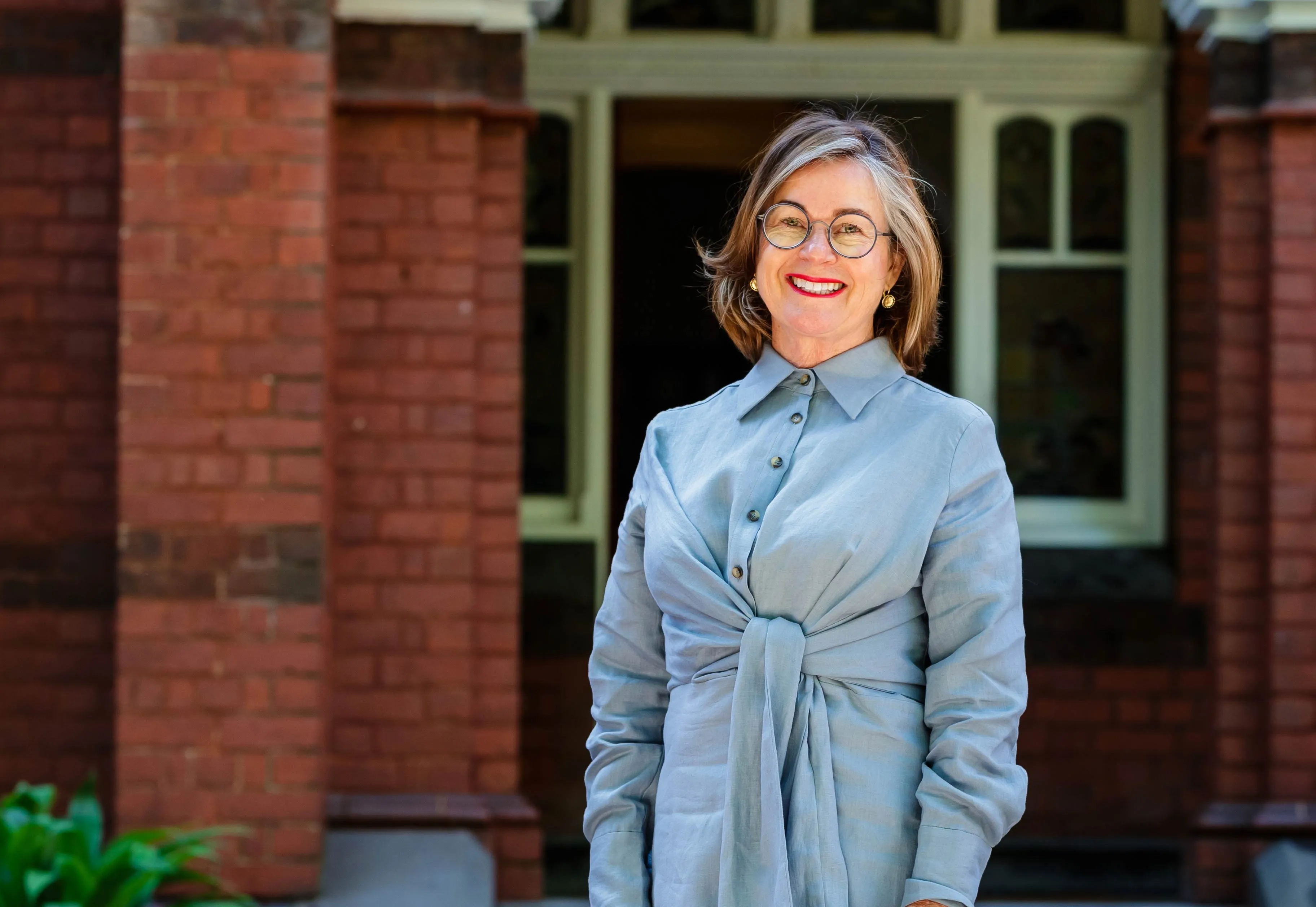
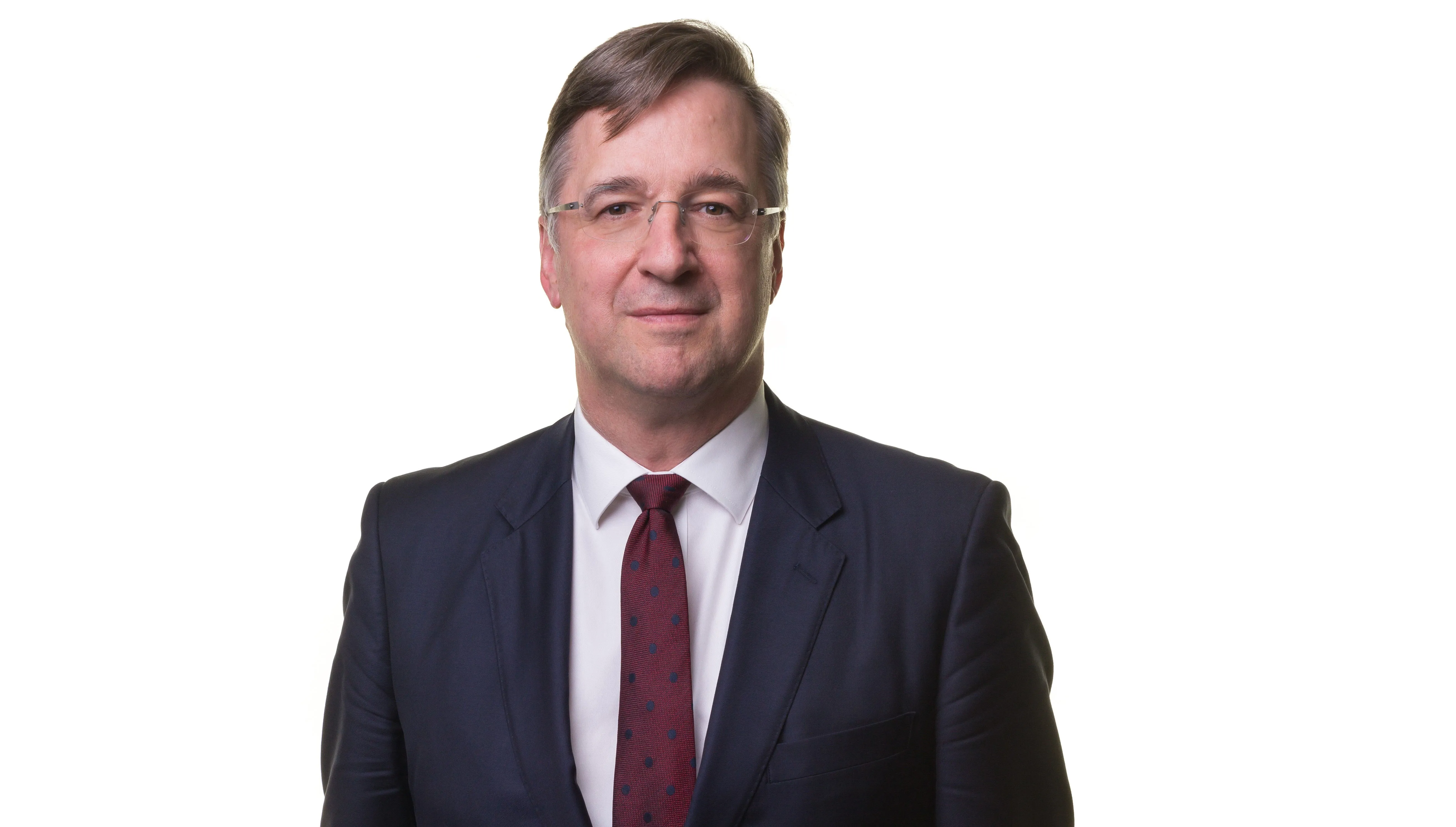
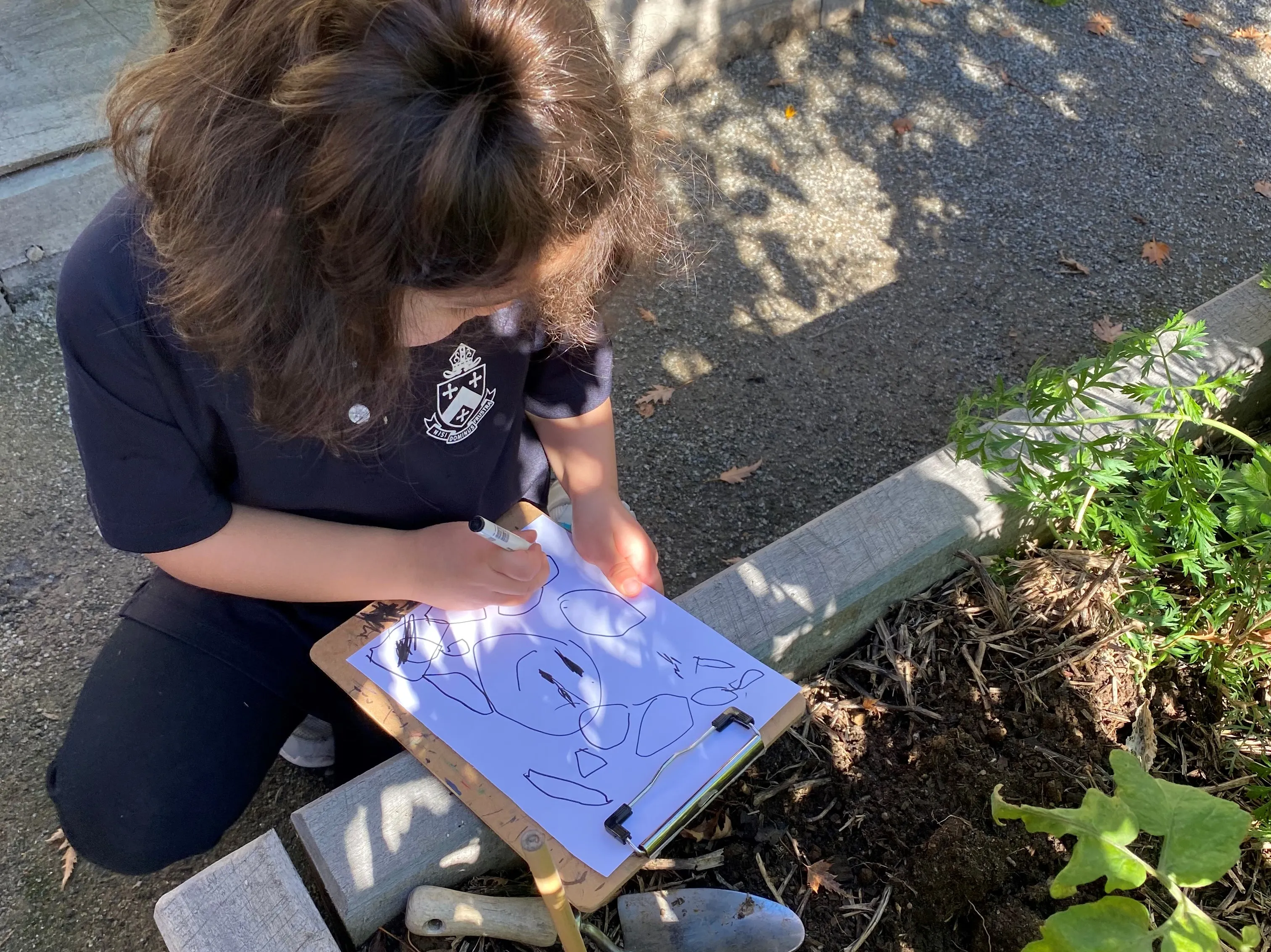
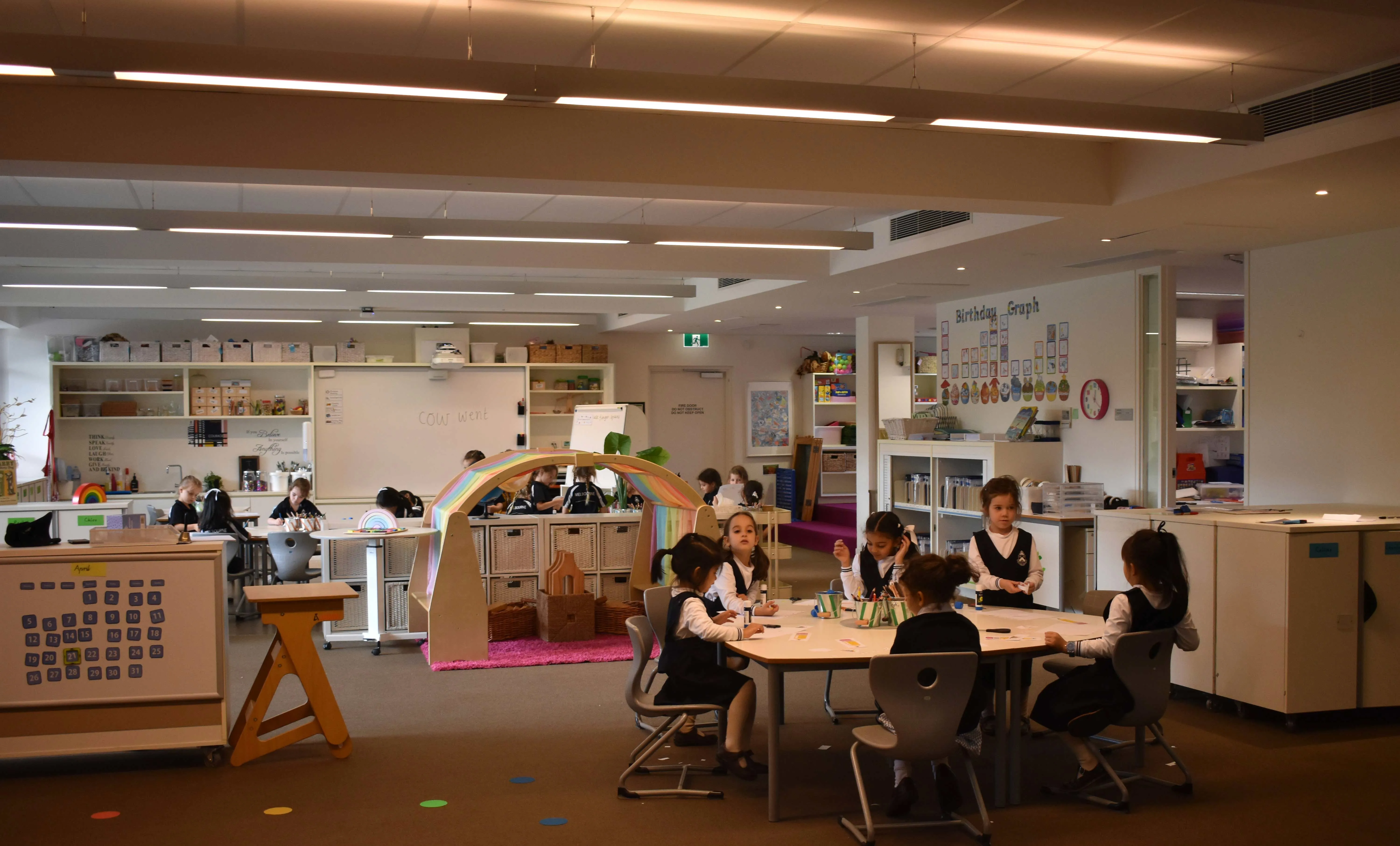
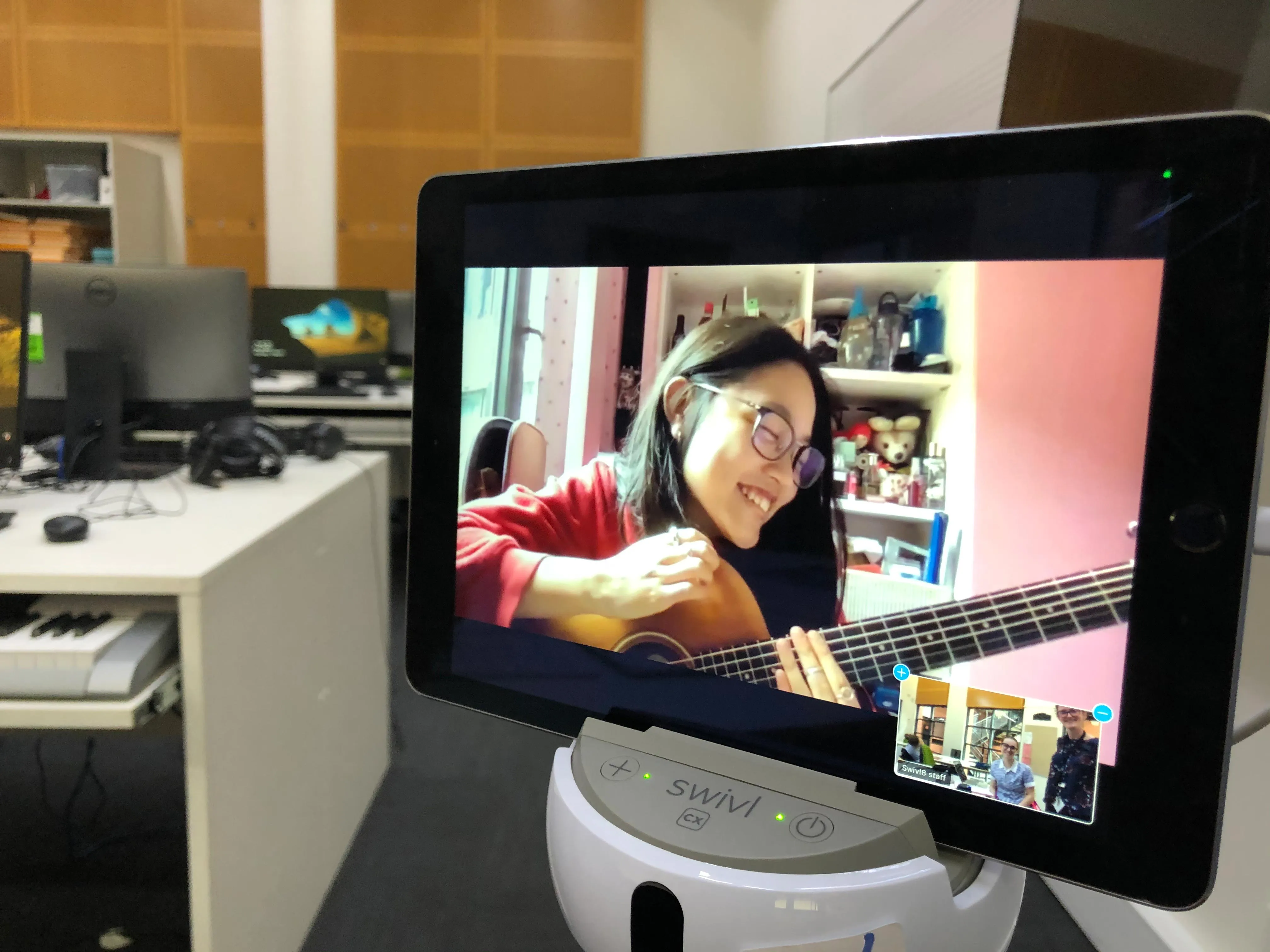

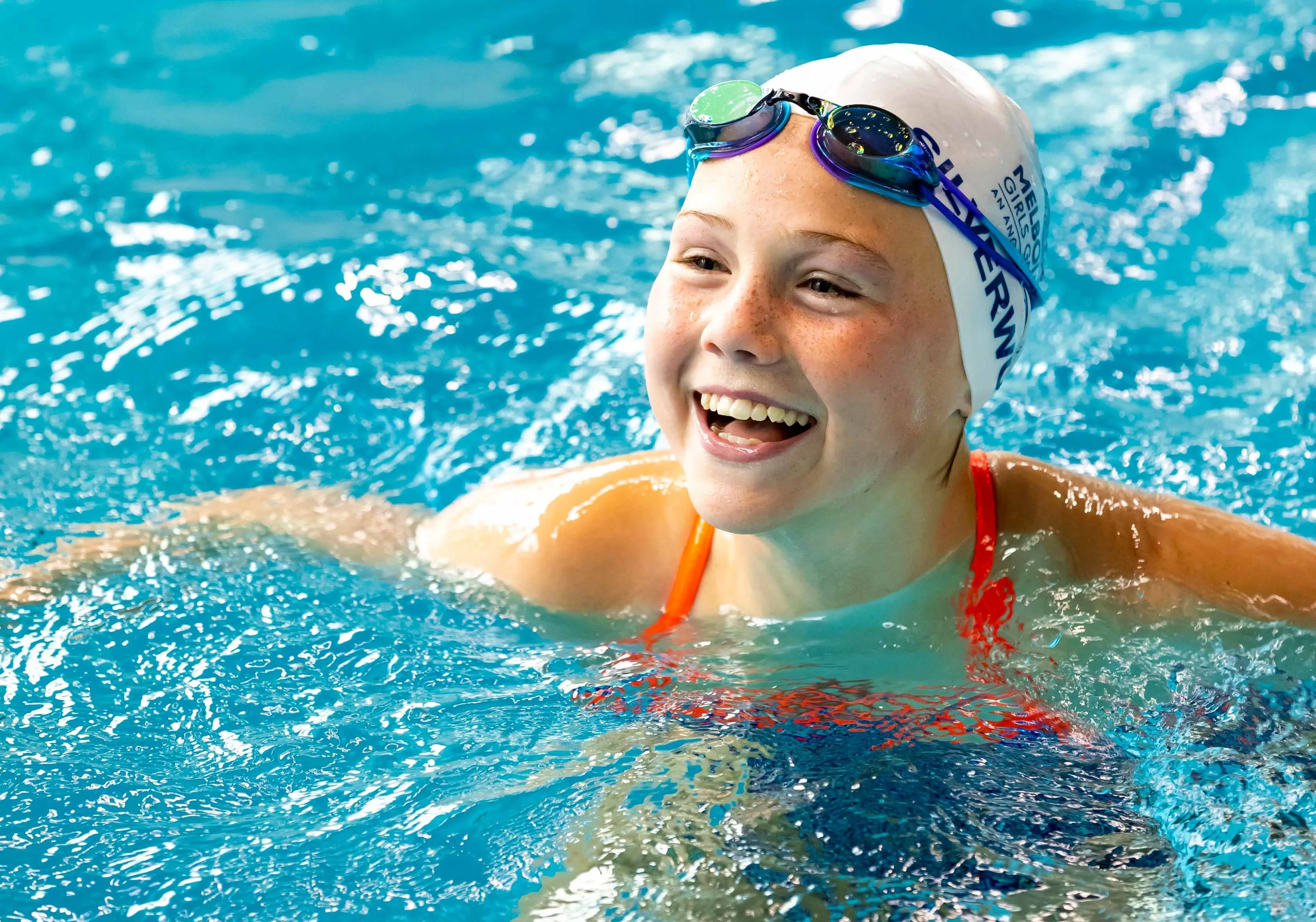

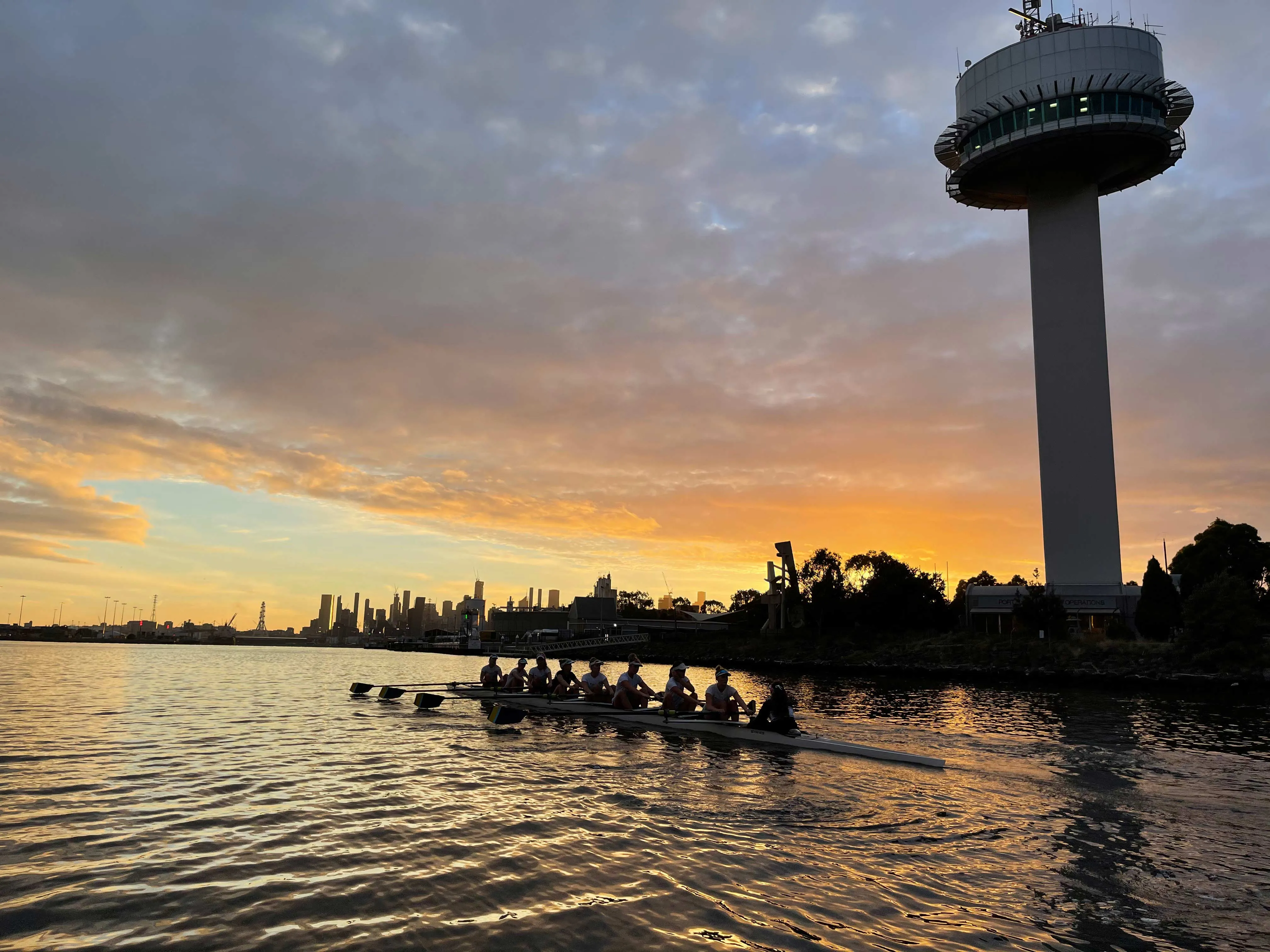
.webp)




